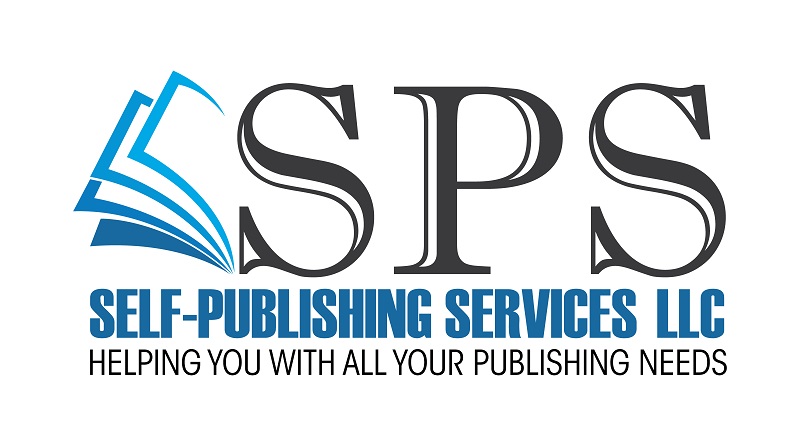How to Record Your Own Audiobook - The Basics
Note about links: these are affiliate links, which means if you purchase the item connected to the link, we might make a little cash. It goes directly to support one of our vices: coffee, books, or small, ceramic replicas of vintage toilets.
Audiobooks account for a growing number of book sales and are a powerful addition to your sales mix. But the costs for turning your written work into audio can be steep, and the process can be intimidating. The good news is you can record at home successfully if you have space that mostly blocks out major exterior background noise (like traffic, airplanes, garbage trucks, construction, etc), and you can record on a limited budget. This article will cover what you need to get the words through the microphone and into an audio file.
For equipment, you'll need a microphone and some mic accessories, plus some software that will allow you to record the raw audio files.
Here are a few options for microphones:
Rode NT1-A (this one comes with a pop filter and a shock mount, which is great)
The most useful accessories include a pop filter (to soften plosives, the "pop" effect on hard consonants), headphones (so you can listen while you record), a shock mount and/or boom arm (so you can elevate the mic off a hard surface - if it's sitting on the hard surface of a desk, it can pick up vibrations through the desk, which show up on the recording as interference or background sounds), and an isolation shield (helps dampen sound and reduce ambient noises that the microphone may pick up).
Those microphones listed above often come with kits that should have everything you need and still be reasonably priced:
AudioTechnica kit or this one (with an extra isolation shield)
Rode NT1-A already has the pop filter and shock mount, so you can just get a set of headphones and/or an isolation shield.
Keep an eye out for deals on equipment. Holiday sales or Prime Day are a great time to find discounts. You can also cruise private seller listings on all your favorite sites. You can probably pick up a decent used setup for an even lower price.
If you're recording at home, you want to find a place that is relatively small and sound dampening. If you have a walk-in closet (with clothes in it), that would be an ideal space, as long as you can sit (or stand) comfortably for a bit. If not, maybe you can set up a corner in a room where you can use soft furniture or a hanging blanket to dampen sound. It doesn't have to be soundproof, just not echoey. Your setup will be your microphone and some kind of surface to hold your computer. You'll need your computer for having the script in front of you, and for connecting the mic to the recording software. I really like Audacity. It's free, and it has all the bells and whistles you need. If you have a mac, you could use Garage Band. There are other paid programs out there, but I don't see a reason to spend that much money if you’re not an audio professional or don’t plan to do a high volume of work.
If you don't have a space you think will work at home, you can also look into finding studio space. In my community, our public library has "podcasting rooms" you can reserve (free of charge). Libraries, colleges, and public broadcasting organizations are a great place to start. You can also rent a studio. I've seen studio space rental (bringing your own equipment and opting out of using one of their engineers) range from $25-$50 per hour. Many studios will offer you the use of their space and their engineers/editors for an hourly rate somewhere in the hundreds. They could potentially help you record and put together the finished product.
Regardless of where you set up, it's most critical to ensure that your recording settings are good from the start and remain consistent throughout recording. For example, if you record an hour or two at your home, and then decide you want to use the library's recording room, you'll have to re-record the first couple of hours. The baseline sound will differ significantly from room to room. For the same reason, you'll want your recording setup to remain as identical as possible. Be the same distance from the mic every time you record. Have your furniture positioned the same way, etc. You'll want to avoid as many background noises as possible as well (air conditioning or heating, dishwasher, refrigerator, washing machine, and so on all produce a background hum that the mic can pick up).
SPS offers audio editing and mastering for authors who record their own audiobooks. If we're working with you on the editing and mastering, we'll have you do a sample recording of 10-15 minutes; then we'll have our audio editor review the file and give you feedback on what settings to adjust. He'll walk you through them, so you don't have to be a tech expert. All of the equipment listed above is relatively plug and play, as long as you have someone telling you what buttons to push and knobs to turn. Once the setup is solid and he gives the okay, all you'll have to do is get comfortable and do some reading out loud.
We also have tips for recording audiobooks that will help ensure the editing process is efficient. Your audio editor (whether it’s SPS, yourself, or someone else) will thank you.
Recording your own audiobook doesn’t have to be intimidating or budget-breaking. Like lots of other areas of self-publishing, you can bootstrap your way to an audiobook product that passes all the quality checks, delivers content readers are seeking, and expands your sales potential.

